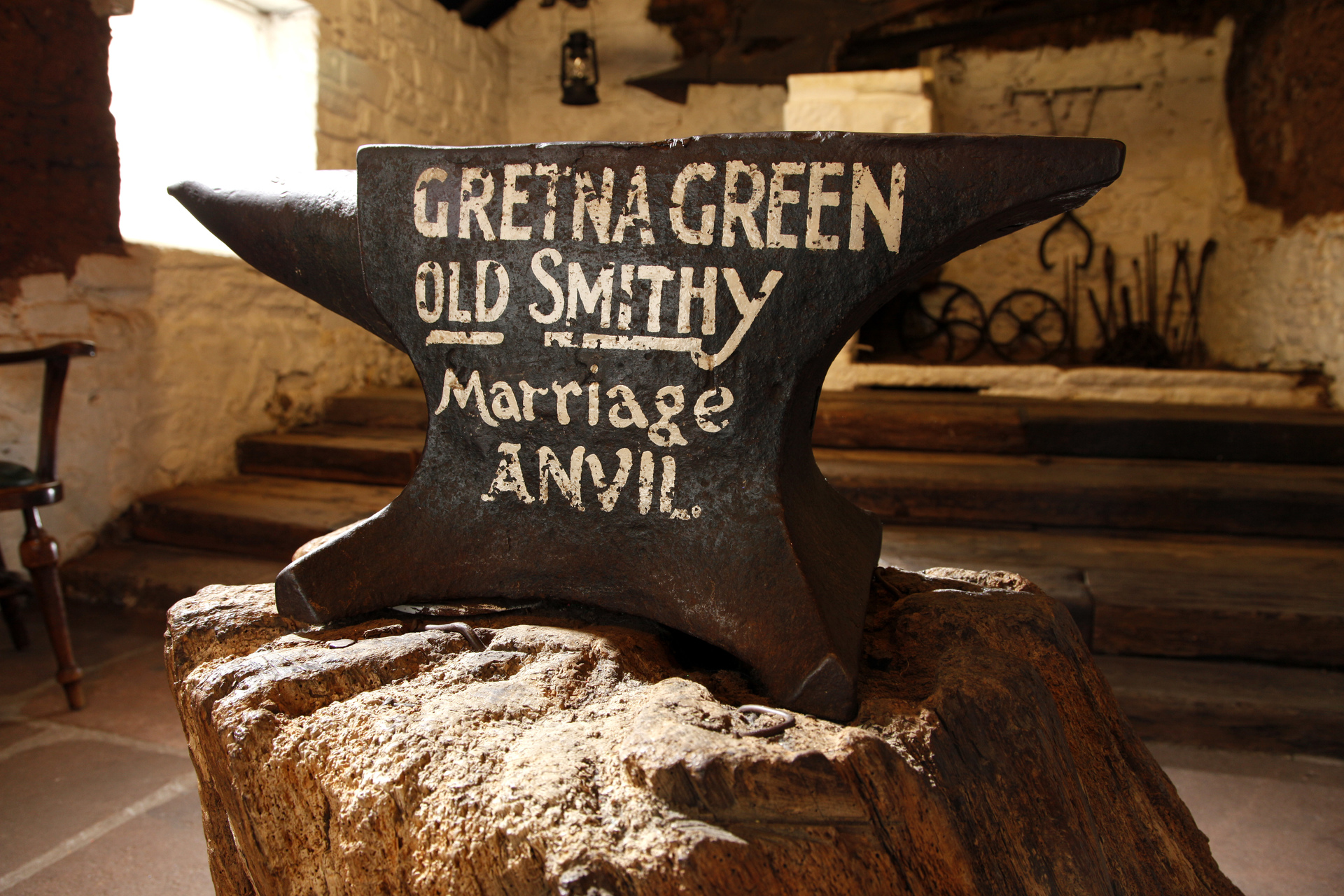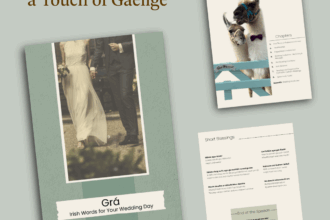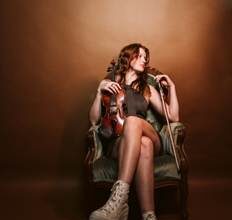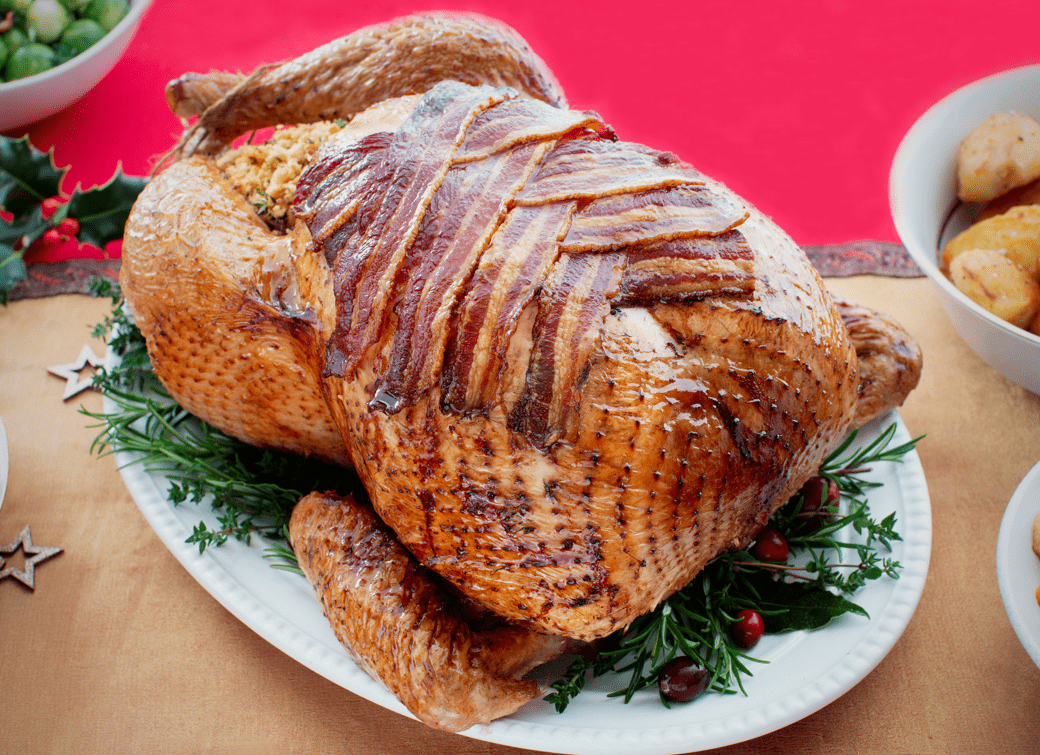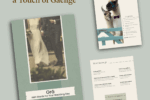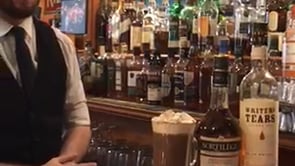Have you always wanted to have a traditional Scottish wedding? There’s a lot more to it than just wearing a kilt! Learn about the quirky Scottish good luck rituals and romantic customs you can incorporate into your own ceremony, from those which have become common in weddings around the world to obscure time-honoured traditions that are still followed in small corners of Scotland.
LUCKY CHARMS FROM AROUND SCOTLAND
Right foot forward is the correct procedure a bride should follow when exiting her house on her way to the wedding.
A sixpence in the bride’s shoe has long been a tradition in Aberdeenshire and Angus.
A sprig of white heather hidden in the bride’s bouquet is a popular good luck token in the Scottish Borders.
The ‘wedding scramble’ is traditional in most parts of Scotland. As the bride steps into the car, her father throws a handful of coins for the children to collect. Believed to bring about financial good fortune, it also takes place in weddings in Ayrshire where it is known as a ‘warsel’.
It may sound unlikely, but feet-washing is a custom that originates in Fife and Dundee & Angus. The bride sits on a stool while an older, married woman washes and dries her feet. In Fife, however, only a few brave bridegrooms go through the traditional custom, which involves sitting in a tub of water while his legs are smeared with grease, ash and soot. Lovely!
CEREMONY AND RECEPTION
Gretna Green Famous Blacksmiths Shop is where couples have been coming to tie the knot since 1754. Are you feeling rebellious? Follow in the footsteps of the countless runaway lovers who, lured by Scotland’s lenient marriage laws, eloped to the sleepy town of Gretna Green on the Anglo-Scots border. Say your vows over the original anvil used by the ‘Blacksmith Priest’ when presiding over clandestine unions.
The Wedding Walk is the formal march taken by the wedding party to the church. Preceded by a piper or fiddler, the bridegroom leads the maid of honour while the bride walks behind with the best man. After the ceremony, the newlyweds leave the church followed by the best man escorted by the maid of honour. To secure good luck it was traditionally thought that the wedding procession should cross running water twice.
A Penny Wedding is an ideal solution for those after a traditional yet budget-friendly wedding. Guests bring their own food and drinks to the reception allowing the couple to splurge on the wedding cake.
The Scottish Quaich or ‘Loving Cup’ is a two-handled silver bowl which is topped up with whisky, usually by the bride, and then passed around for the wedding party to sip once the legal proceedings have been concluded.
DANCES
The Lang Reel is a traditional dance which happens in the fishing communities in the north east of Scotland. The dance sees villagers and the wedding party begin dancing from the harbour and continue through the village, with each couple leaving the reel when they pass their home. This continues until the only couple left are the bride and groom who have the last dance.
The Traditional Grand March is often the first dance to take place at a wedding reception. It begins with the bride and groom marching to the sound of bagpipes or a live band. The maid of honour (or chief bridesmaid) and the best man join in, followed by both sets of in-laws, and finally the guests!
GIFTS
The ‘wedding sark’ is the traditional name given to the shirt worn by the groom which is gifted by the bride. The groom pays for the wedding dress in return.
Clocks are traditionally given to the happy couple by the best man in the north east while the maid of honour gives them a tea set.
A luckenbooth is a brooch given as a love token by a gentleman to his betrothed. They are usually made of silver and engraved with two hearts combined.

